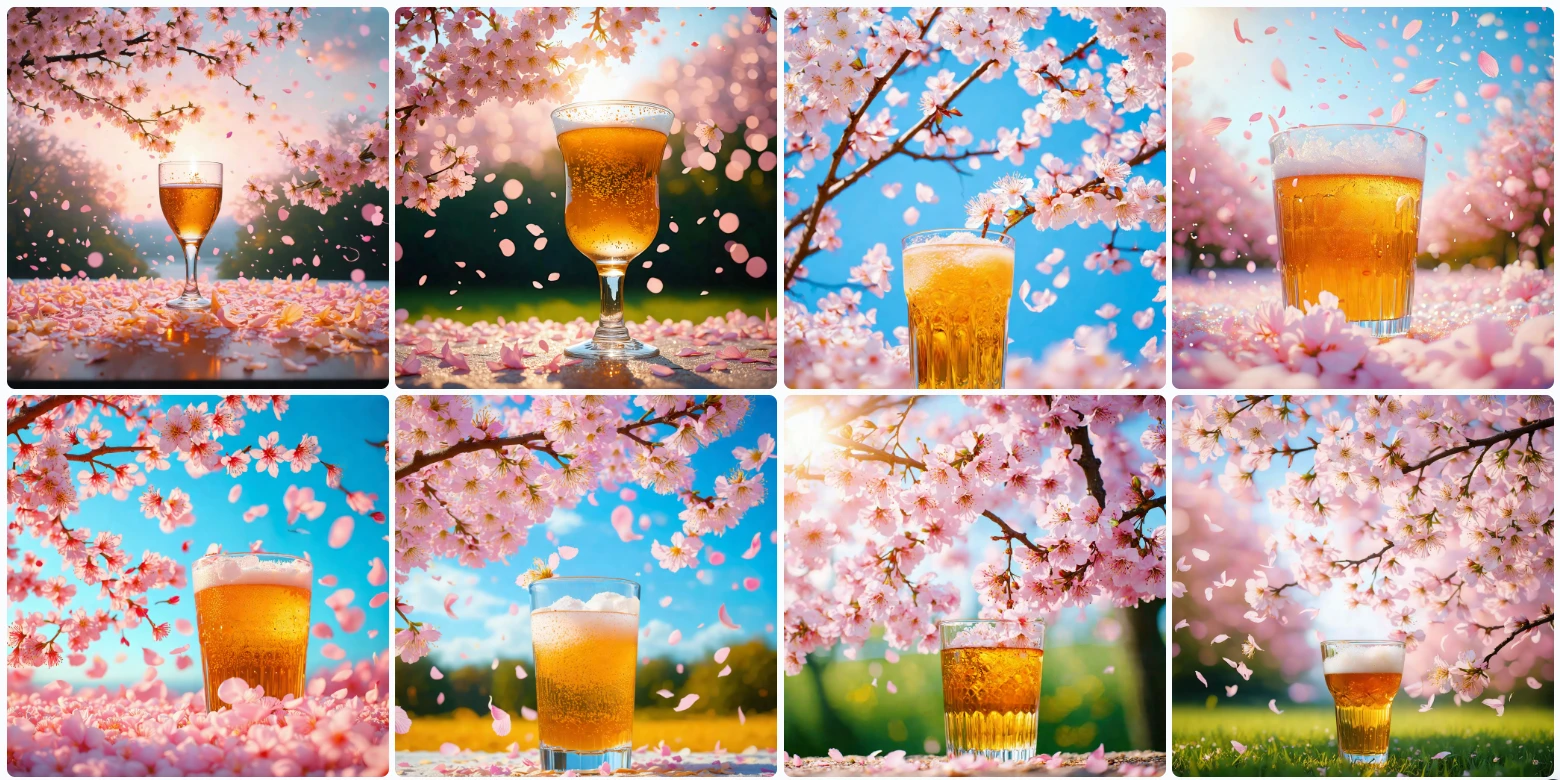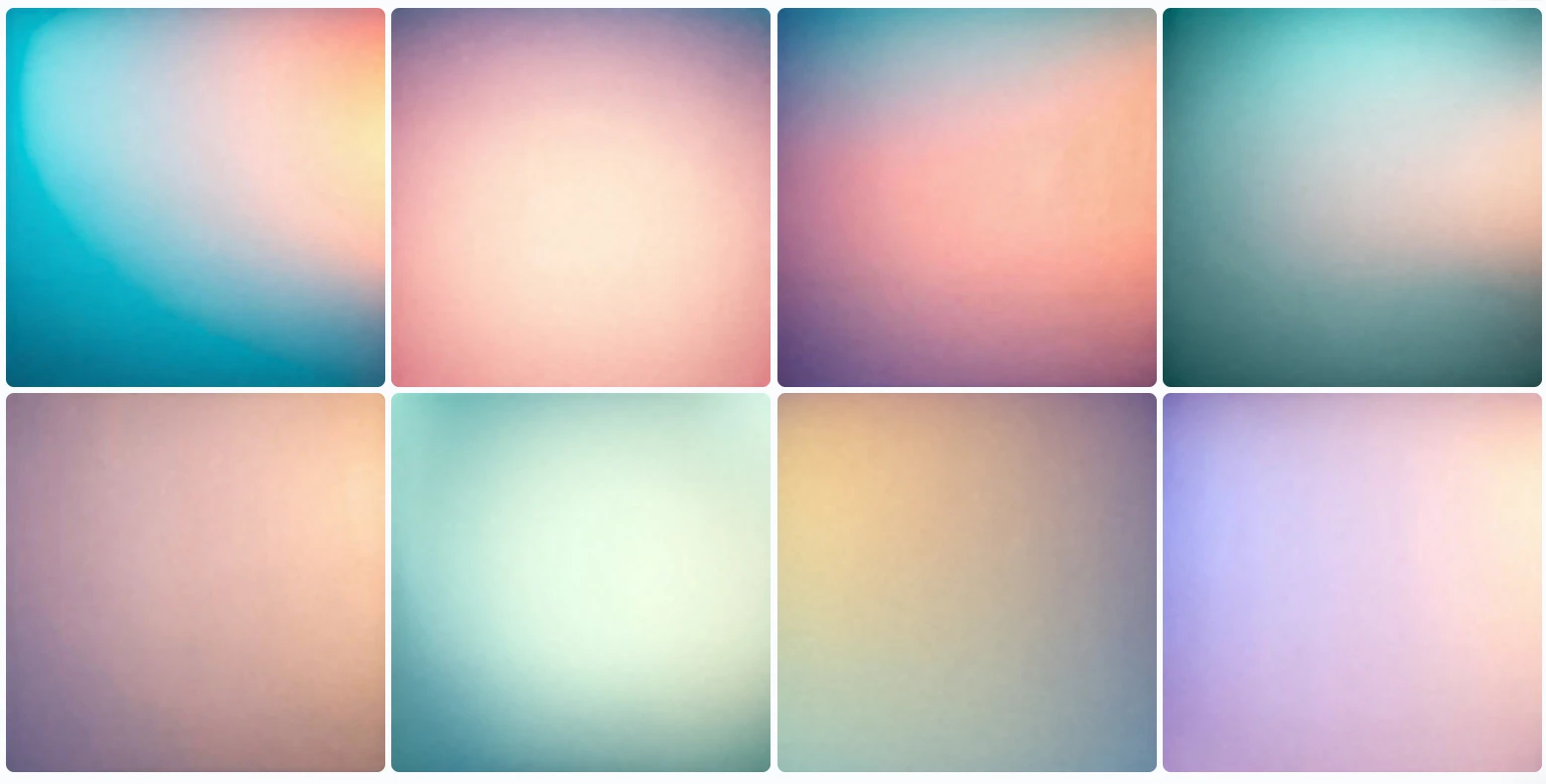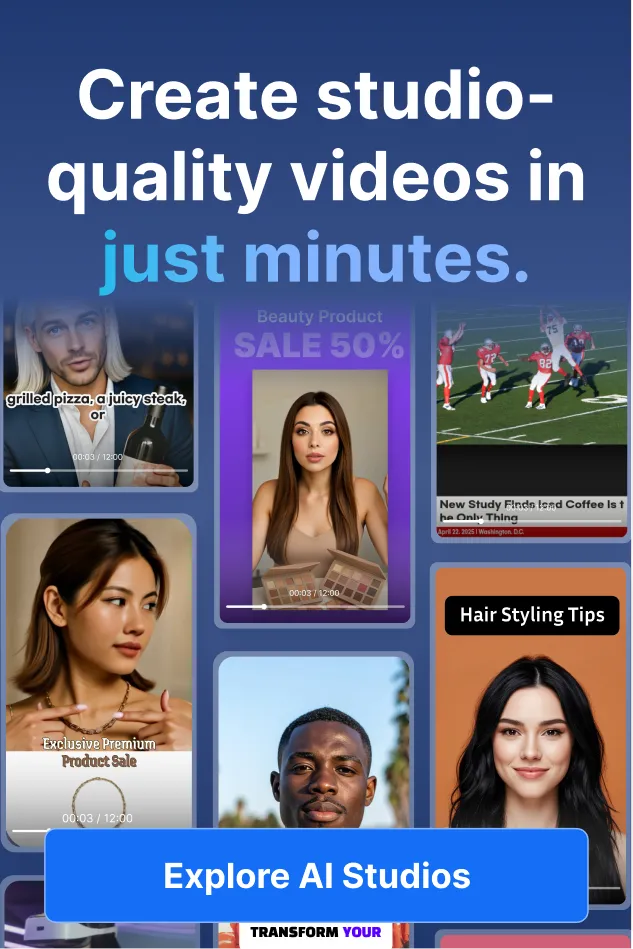Many people new to advertising believe that a good idea is all it takes to win over clients. But experienced production teams know a harsh truth: an idea that can’t be shown doesn’t exist.
When someone says “warm spring mood” during a creative review, everyone hears it differently. One person imagines pastel pink and soft sunlight. Another sees orange skies and vintage film tones. These small creative differences can lead to endless rounds of revisions, unclear expectations, and wasted time.
This is why art directors have always relied on private image libraries which are ****collections of stock photos, film stills, and quick sketches. These libraries aren’t just for inspiration. They’re tools for visual alignment, helping teams communicate ideas clearly and get approvals faster.
In creative production, clarity is currency. A single visual reference can do more than a paragraph of explanation. It sets tone, mood, and direction in seconds. That’s why image-driven tools and AI visualizers are becoming essential parts of modern workflows. They help bridge the gap between concept and execution before a camera ever rolls or a design file opens.
Good ideas still matter, but in advertising, the ones that can be seen move forward.
AI Doesn’t Replace Creation. It Accelerates Agreement
While generative AI can speed up creative work, its growing role is in helping teams share ideas and reach alignment more easily.
In creative production, miscommunication is one of the biggest causes of delay. A phrase like “modern elegance” can mean completely different things to a designer, a director, and a client. That’s where AI becomes essential.
When used correctly, AI doesn’t replace human ideas. It helps align them by translating concepts into clear visual references. By turning words into visuals, generative AI helps teams connect emotion, tone, and concept into one shared reference. Instead of debating interpretations, creatives can visualize ideas instantly and refine them together.
This shift doesn’t replace creativity. Quite the contrary, it supports it by removing the friction between imagination and understanding. When everyone can see the idea, decisions happen faster, feedback becomes clearer, and production moves forward with confidence.
Five Real Moments When AI Is Used in Production
1. O.T Kickoff — Preventing Early Misalignment with Clients
In O.T. (offline meeting for creative planning) sessions, someone will often say, “We’re going for a warm mood.” It sounds simple, but miscommunication is almost guaranteed.
That’s why many A.D.s (art directors) now open generative AI tools during the meeting itself. They quickly create two or three thumbnail images on the spot and ask, “Is this the temperature you meant?”
The result is immediate clarity. Wrong directions are identified early, long before production begins. What used to take weeks of back-and-forth revisions can now be solved in minutes through shared visual references.
Generative AI has become more than a creative shortcut. It’s a practical communication tool that helps teams align faster and reduce costly misunderstandings.
2. Ideation Meetings — Replacing Debate with Visual Dialogue
In creative meetings, the word you hear most is “feeling.”
The problem is that everyone feels something different.
That’s where AI helps. It doesn’t replace ideas. It helps keep them clear while people talk them through.
If someone says, “Let’s make it more color-focused,” AI can quickly show three versions with different palettes.
If they say, “Make it more emotional,” AI can show a few facial expressions to match.
Instead of trying to explain what something should look like, teams can see it right away. This keeps good ideas from getting lost in confusion or over-explaining, helping them survive the translation death that often happens in creative work.
3. Concept Boards — Using ‘Source-Free’ Images Instead of Stock
During the concept stage, creative teams often run into familiar problems:
- Stock photos rarely match the brand’s true emotion
- Licensing and legal restrictions limit flexibility
- Clients ask questions like, “Why is the model making that face?”
To solve this, many art directors now use AI to create fake-but-accurate images. These visuals aren’t meant for final production. They serve as honest emotional references that capture the intended mood or expression before a shoot ever happens.
This helps everyone agree on tone early, reduces confusion, and keeps projects moving without legal or creative bottlenecks.
4. On Set — Showing “This Was the Shot” in 1 Minute
The scariest phrase on set? “Can we make it a bit softer?”
It sounds harmless, but it can trigger a full reset — lights, set, camera, talent. Minutes turn into hours, and the budget takes the hit.
To avoid that spiral, many art directors now use AI to run quick tone tests during the shoot. They generate a few sample looks on the spot and ask, “Is this the feeling you meant?”
Once everyone agrees, the team can keep rolling with confidence. No overhauls, no wasted time.
AI doesn’t have to be the enemy of creative direction. When used thoughtfully, it protects the vision, keeps teams aligned, and helps creativity move forward without disruption. It’s a safety net that catches problems before they turn into expensive delays.
5. Post-Production — Pre-Validating Mood Before Retouch
AI can help retouchers and designers find the right direction before deep work begins. It gives them an early visual to react to and a simple question to ask: “Does this atmosphere feel right?”
Teams often use it to:
- Test different lighting or color moods
- Try background textures before final compositing
- Check overall tone before placing the logo
Once everyone agrees on the direction, the creative team takes over. The detailed finishing work is still fully human. AI just helps make sure everyone’s on the same page before hours of editing start.
Real Examples
Example 1 — Beauty / Lipstick Concept Test
Prompt:
Close-up beauty shot,
warm white studio lighting,
soft facial expression, minimal backdrop,
subtle red brush texture behind, calm editorial mood

Used for:
→ “Should the product be the main focus of this image, or should we prioritize the feeling it creates?”
→ Two images shown → decision made instantly.
Example 2 — Beer × Blossom Foam Concept
Prompt:
Bright spring sky,
foam petals drifting like cherry blossoms,
golden drink in foreground,
crisp and refreshing mood.

Used for:
→ Images and ideas difficult or impossible to find on stock media sites
→ Placed in concept board to confirm brand direction
Example 3 — Background Tone Test
Backdrop only, soft pastel gradient,
subtle light falloff,
clean, neutral atmosphere for product placement.

Used for:
→ Director asks: “What is the background?”
→ No re-lighting → 1-minute AI test image → tone approval
How AI STUDIOS Supports Creative Teams
In advertising, strong ideas still lead the way, but executing them consistently across visuals, formats, and teams can be complex. That’s where AI steps in. By automating repetitive design, ideation, and production tasks, AI gives creative teams more time to refine strategy, messaging, and brand expression.
With platforms like AI Studios by DeepBrain AI, creative alignment becomes faster and more seamless. The AI Image Generator helps visualize concepts, moods, and design directions in seconds, ensuring everyone shares the same vision early on. The AI Video Generator then builds on that foundation, turning scripts and prompts into dynamic scenes that reflect brand tone, setting, and emotion.
By connecting creative direction with instant visualization, AI supports stronger visual strategies and keeps campaigns on-brand from concept to production. Instead of replacing creativity, it amplifies it by helping ideas stay consistent, clear, and ready for the world to see.



